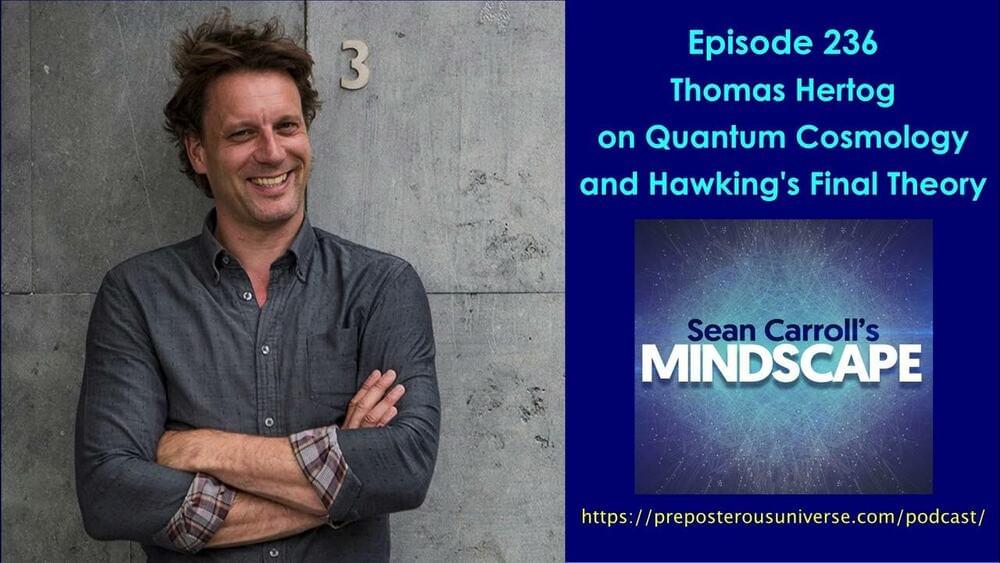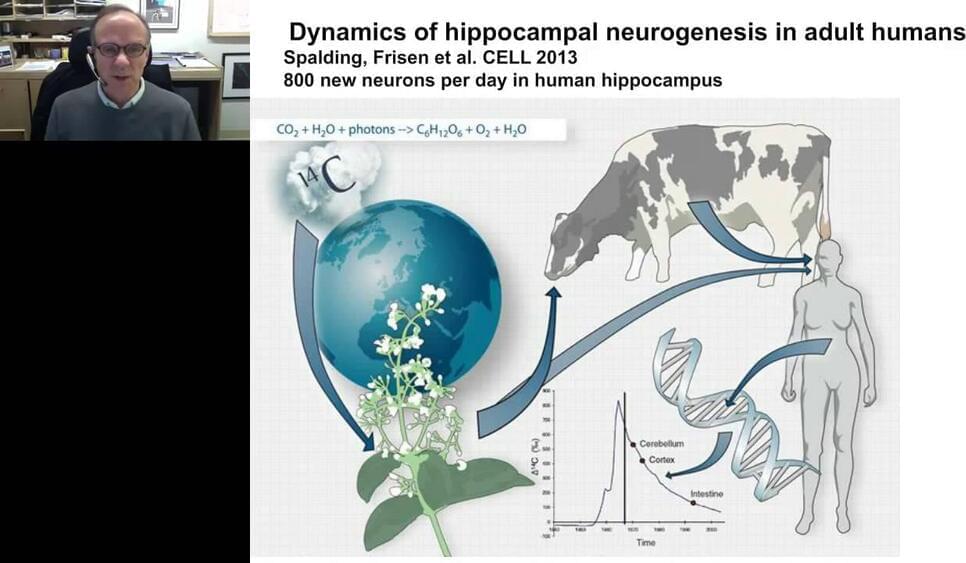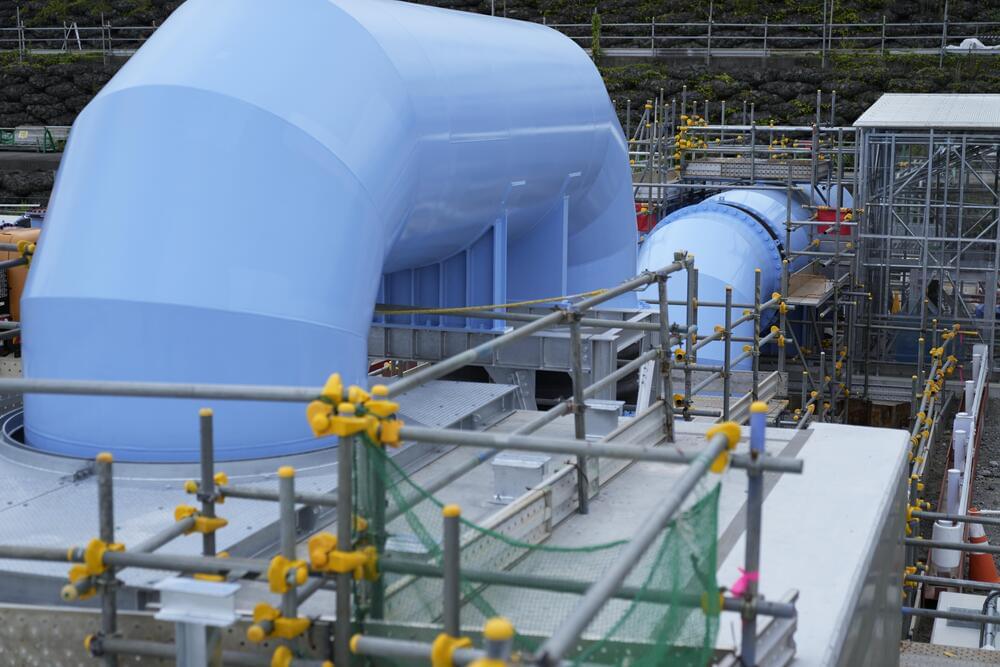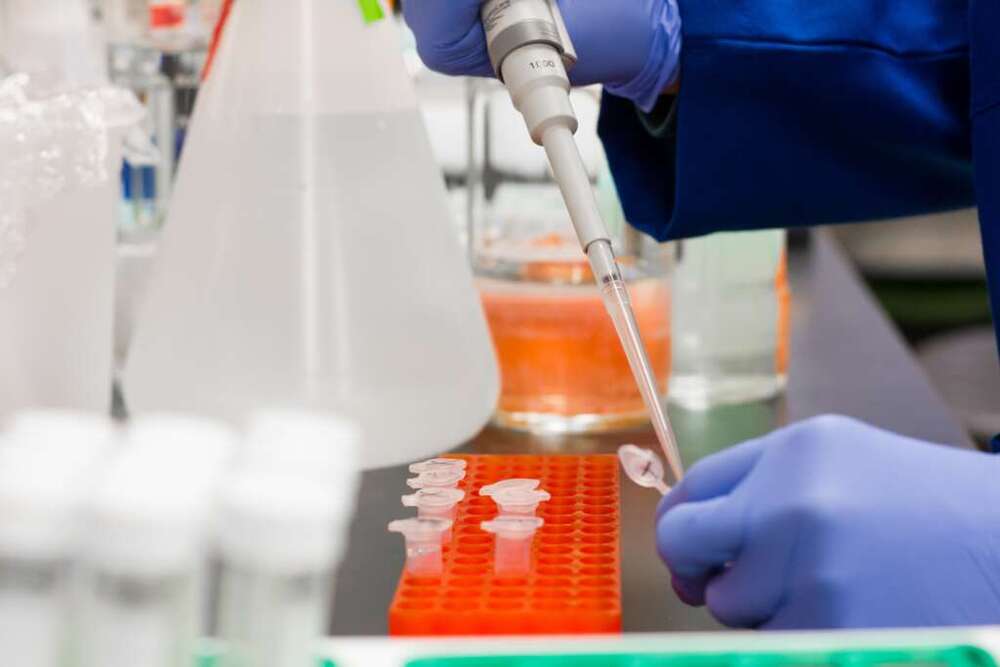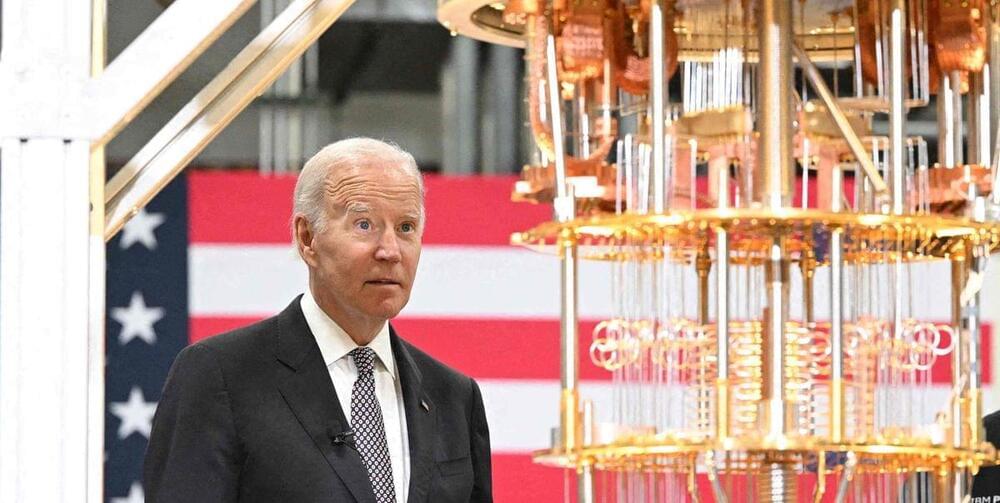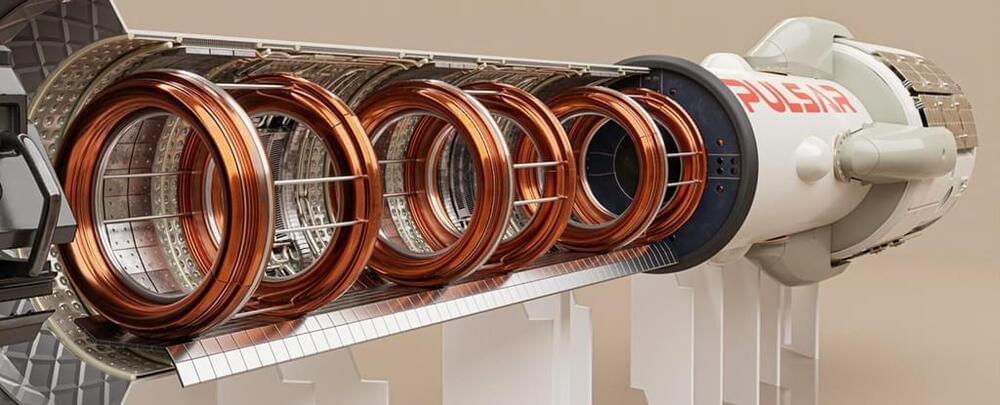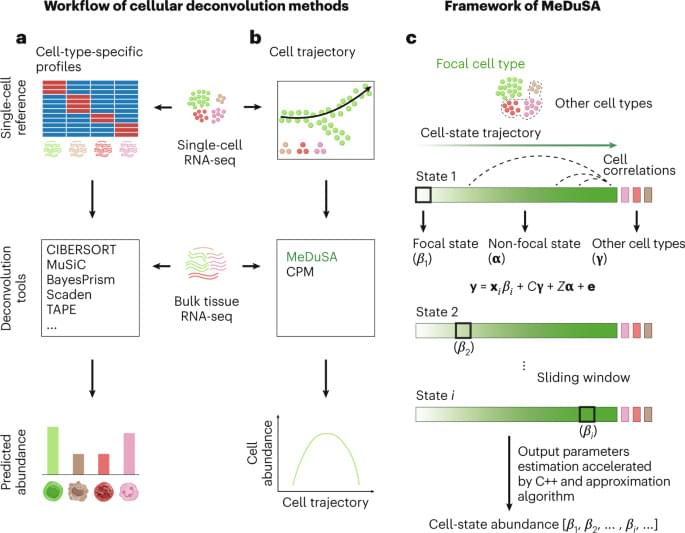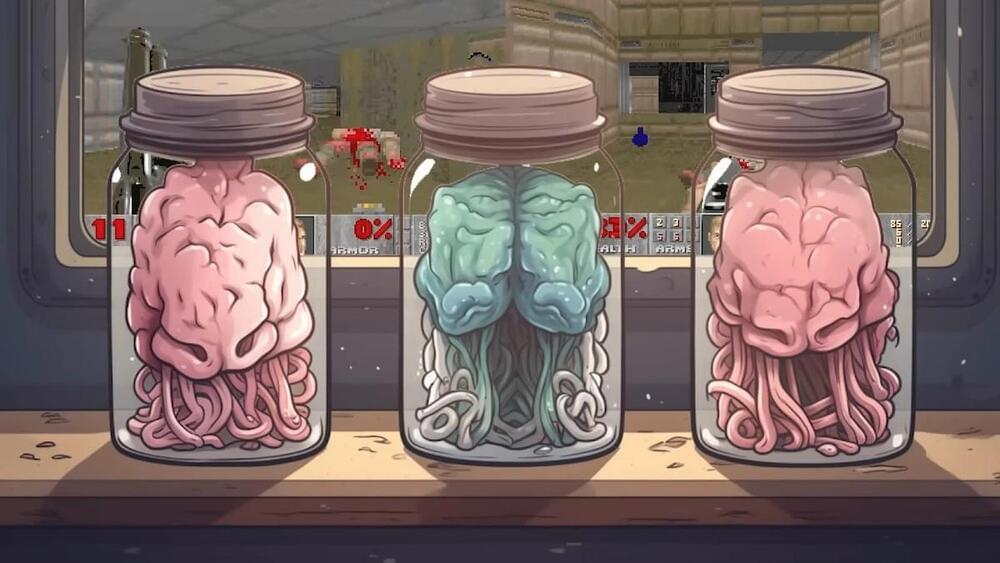Jul 14, 2023
Mindscape 236 | Thomas Hertog on Quantum Cosmology and Hawking’s Final Theory
Posted by Dan Breeden in categories: cosmology, quantum physics
Patreon: https://www.patreon.com/seanmcarroll.
Blog post with audio player, show notes, and transcript: https://www.preposterousuniverse.com/podcast/2023/05/15/236-…al-theory/
Is there a multiverse, and if so, how should we think of ourselves within it? In many modern cosmological models, the universe includes more than one realm, with possibly different laws of physics, and these realms may or may not include intelligent observers. There is a longstanding puzzle about how, in such a scenario, we should calculate what we, as presumably intelligent observers ourselves, should expect to see. Today’s guest, Thomas Hertog, is a physicist and longstanding collaborator of Stephen Hawking. They worked together (often with James Hartle) to address these questions, and the work is still ongoing.
Continue reading “Mindscape 236 | Thomas Hertog on Quantum Cosmology and Hawking’s Final Theory” »
